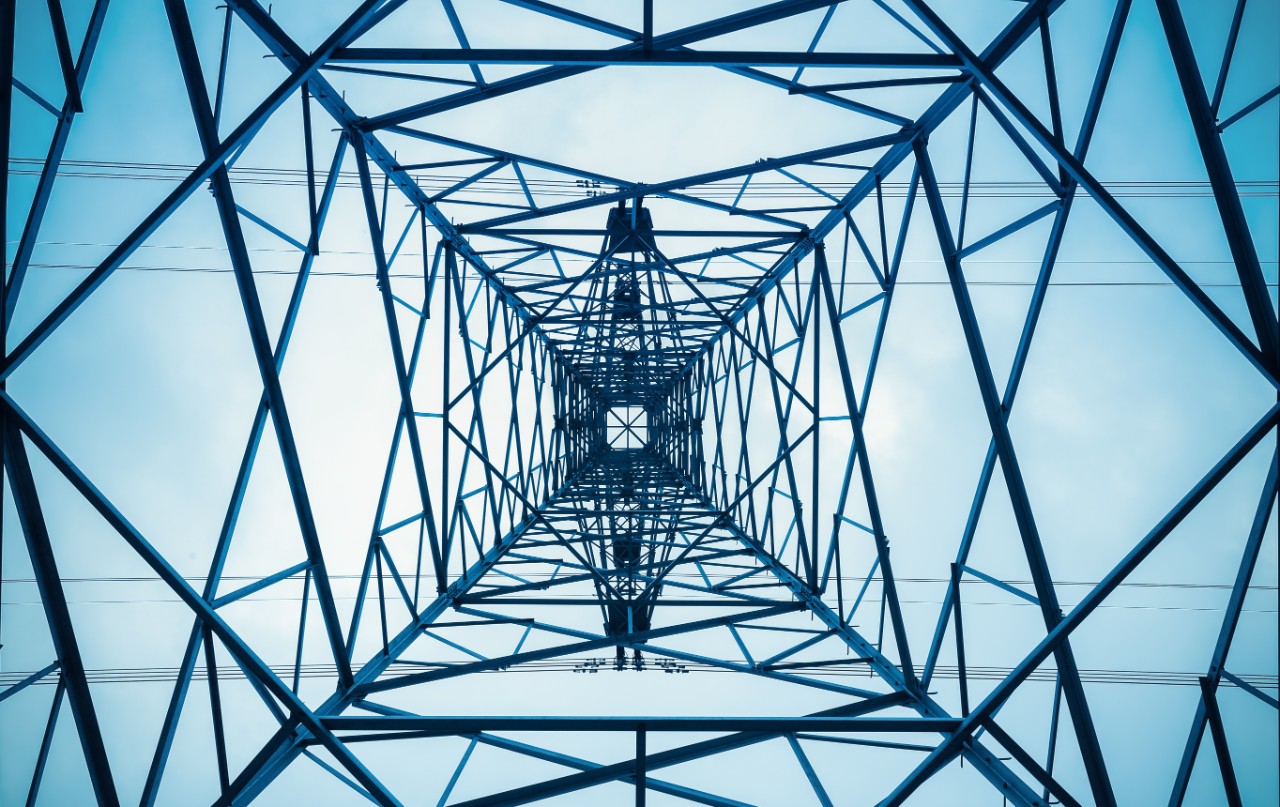Light in the Darkness

A series of blackout incidents that plunged certain parts of Europe into darkness in recent months served as a wake-up call for energy companies worldwide to make power grids more resilient. In this blog post, I explore the lessons we can learn from these events to build a more reliable and sustainable energy future.
Wednesday, 02 July 2025
Tens of millions of people were thrown into chaos in April when a blackout shut off power to homes and businesses across Spain, Portugal, and parts of southern France. This came just about a month after a power outage at Heathrow Airport grounded flights and disrupted travel for over 200,000 passengers. More recently, southeastern France experienced two blackouts that disrupted over 200,000 households and critical infrastructure in Cannes and Nice.
These incidents remind us that our power systems are increasingly complex and interconnected. A sudden power loss in one area can ripple across connected regions, as experienced by those on the Iberian Peninsula in April.
While the exact cause of the blackout remains under investigation, some experts suggested Spain’s high reliance on solar and wind power generation may have reduced the power system’s “rotational inertia”, a stabilising factor typically provided by traditional rotating generators synchronised to the grid.
The “rotational inertia” of large generators acts as a form of energy storage. When abrupt fluctuations between supply and demand occur, it serves as a buffer. It is particularly valuable when a large power plant fails, as it can temporarily make up for the power lost. However, renewable energy sources and battery storage systems connected to the grid (via electronic devices called “inverters”) typically lack this characteristic. In other words, with the shift to renewables, the grid’s “rotational inertia” is reducing. This can negatively affect grid stability and calls for more careful planning to ensure reliable operation.
At the same time, more frequent extreme weather events are putting additional pressure on our energy infrastructure, increasing the risk of power outages. These recent incidents are a clear indication that we need to remain vigilant and continue to build more robust and resilient power systems to cope with the rising threat of blackouts.
With these challenges in mind, nuclear power is gaining renewed global attention. As countries strive to decarbonise while maintaining energy security, nuclear power is being reconsidered as a reliable, carbon-free baseload energy source that complements intermittent renewable energy. However, local opposition and regulatory barriers often hinder new projects. Expanding interregional grid interconnections through cross-border cooperation can help overcome these limits, enabling large-scale energy exchange and a more balanced energy mix.
CLP was early to identify this when we invested in Daya Bay Nuclear Power Station — a plant that, three decades on, continues to give us energy security and supply Hong Kong with reliable zero-carbon energy. We are actively looking for further sources of low-carbon energy for importing from around the region. It is also critical for us to continuously optimise energy infrastructure to ensure our grids are not only cleaner but more reliable.
Delivering sustainable power goes beyond building cleaner, more efficient power plants. It also requires strong and resilient transmission and distribution networks that keep pace with rising demand and withstand unpredictable climate and system failures.
In addition, tools such as innovative technologies, battery storage, drones, advanced sensors on critical equipment, and AI-assisted power asset management help improve the reliability of our networks and avoid disruptions.
Take battery energy storage systems (BESS) as an example. These facilities are like giant batteries and help facilitate the integration of more clean energy sources onto the grid. In Australia, our subsidiary EnergyAustralia is building one of the country’s largest energy storage systems, the Wooreen BESS project, which will be capable of powering 230,000 homes over a four-hour period before needing to be recharged when completed in 2027.
In Hong Kong, in addition to constructing a grid-scale BESS at Castle Peak Power Station, we are also using digital technologies to build a smarter grid. Our Grid-V platform, for instance, enables real-time monitoring of critical equipment and its operating environment by using video analytics through thousands of cameras and sensors in our substations and overhead line pylons. In addition, drones are being deployed to monitor our power networks and detect vegetation risks as part of routine preventative maintenance, helping identify potential threats before they cause problems. They are also useful in facilitating more efficient recovery work by providing real-time information in a much faster manner.
Above all, our transmission network is robust and resilient. Our long-standing interconnection with Guangdong province includes dedicated transmission lines that deliver zero-carbon energy to our system. These lines are equipped with built-in features that allow us to isolate our system if needed, ensuring supply reliability in the event of external disruption.
The incidents in Europe were not random events. They remind us that we cannot afford to be complacent. By planning wisely, investing strategically, and innovating thoughtfully, we can build robust power grids that will be the foundations of a resilient, sustainable energy future for us all.
Subscribe to the CLP CEO Blog to stay informed with the latest industry insights. By subscribing, you agree to the terms in this Personal Information Collection Statement.

